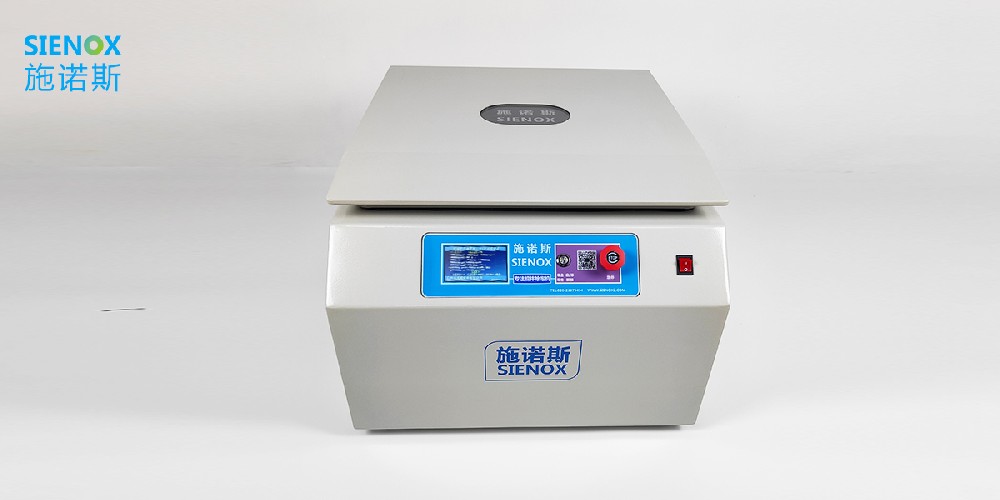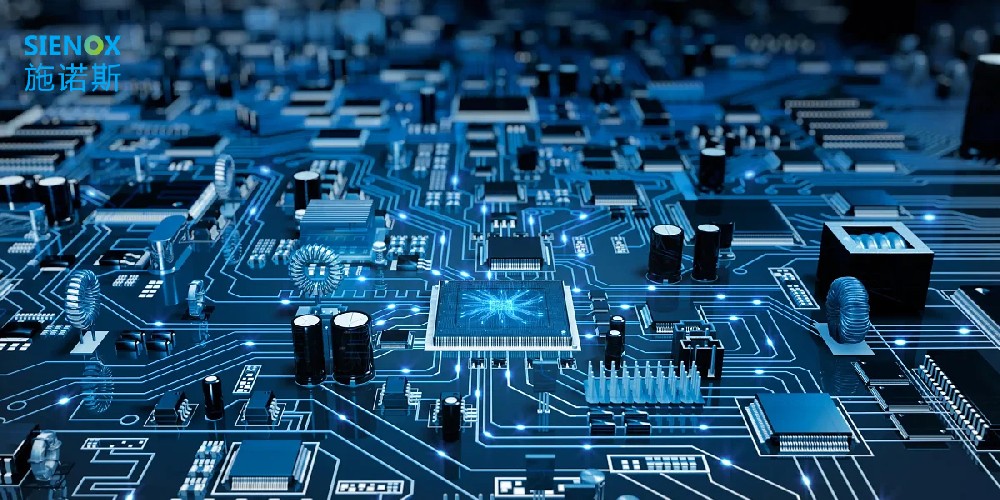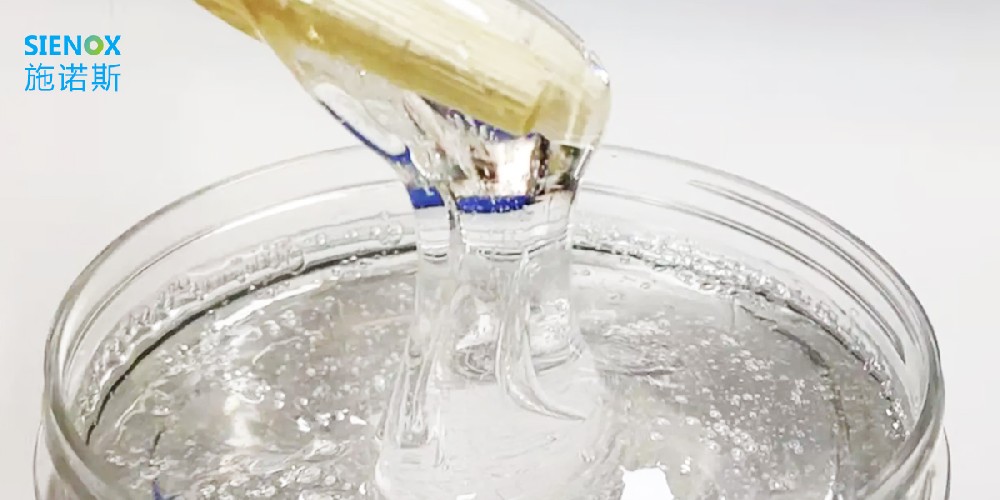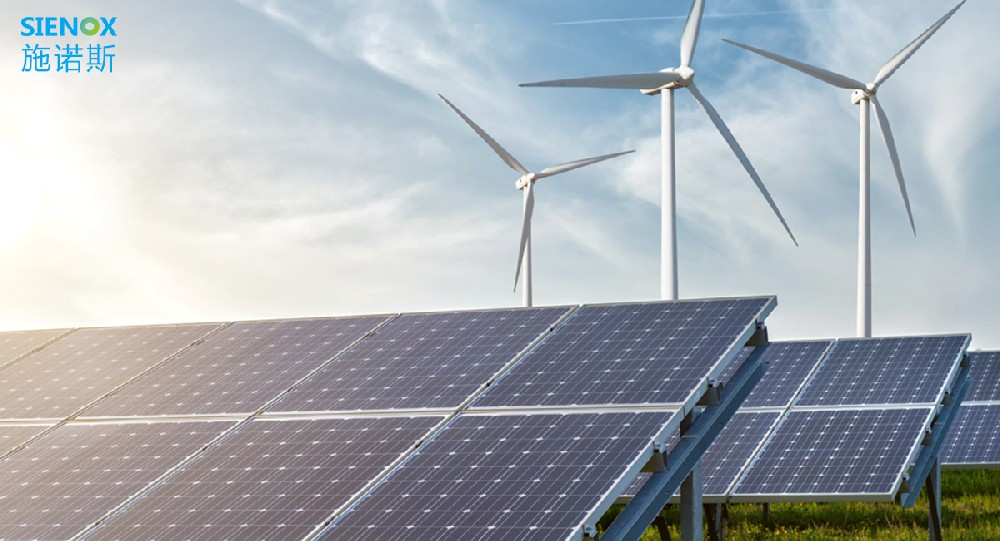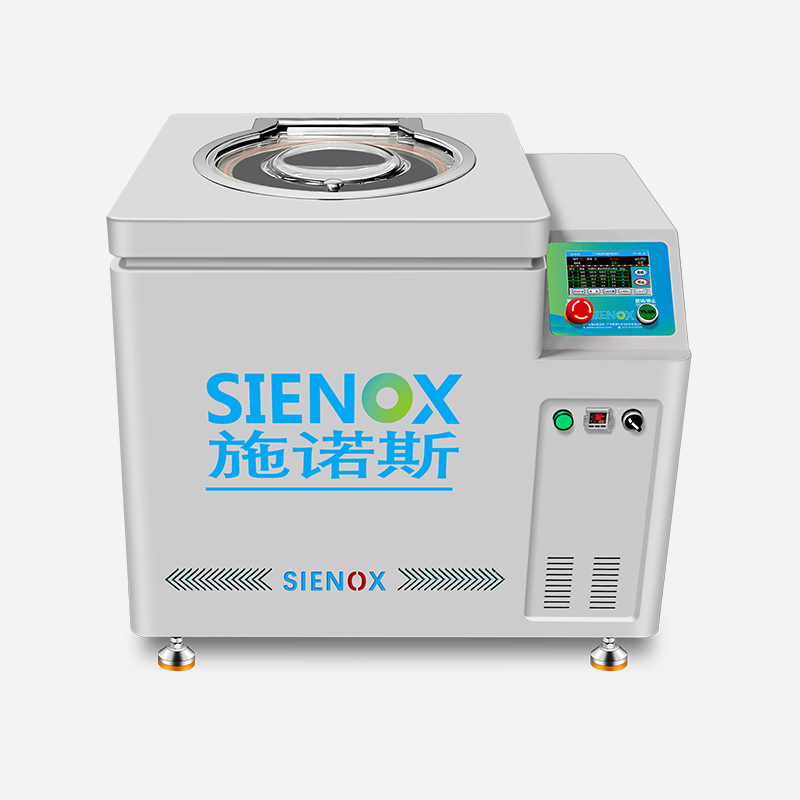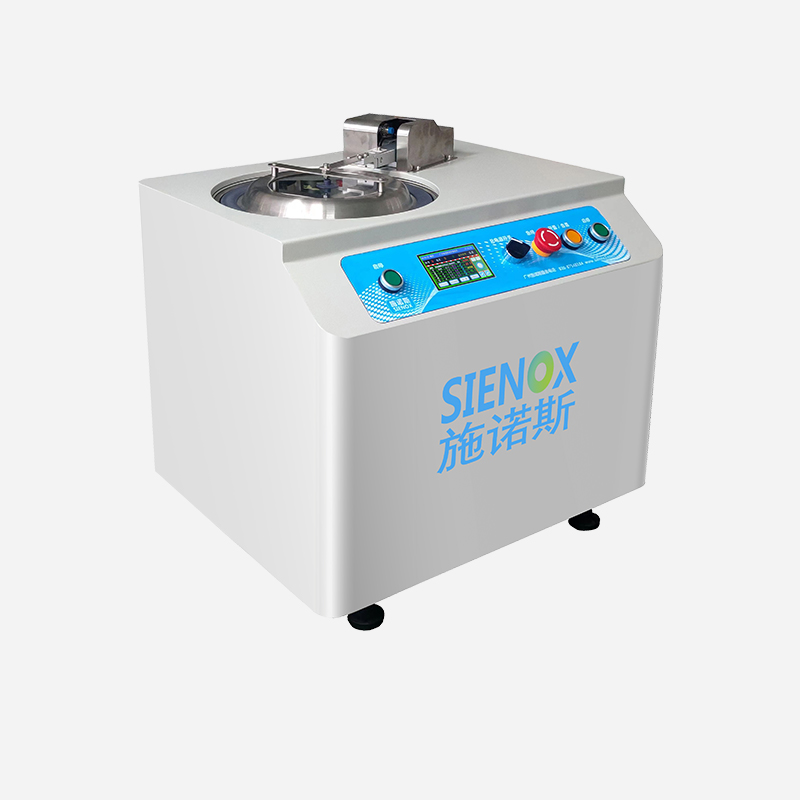
News

TEL:18925129293
The advantages and limitations of vacuum defoaming technology
date:2023-09-08author:SIENOXWith the continuous development of technology, vacuum degassing technology has been widely applied in various fields, particularly in addressing the bubble issues in LED epoxy resin, where vacuum degassing has proven to be an effective solution. This article will explore the advantages and limitations of vacuum degassing technology.
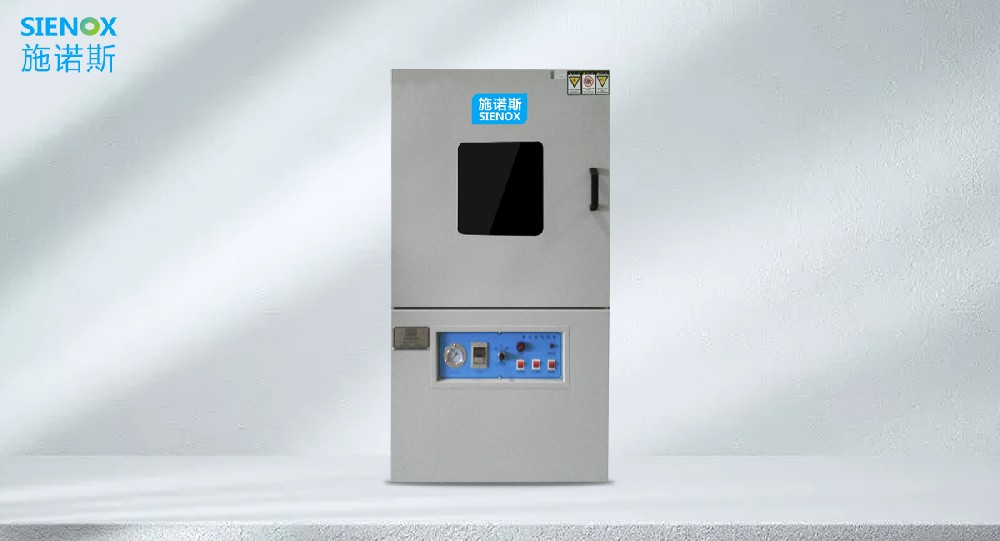
Firstly, the primary advantage of vacuum degassing technology lies in its ability to efficiently eliminate bubbles in LED epoxy resin. Vacuum degassing utilizes a negative pressure environment by placing the resin in a vacuum chamber to extract bubbles from the resin. This method effectively removes tiny bubbles, enhancing the resin's optical and thermal properties. Additionally, vacuum degassing can improve the resin's mechanical strength and weather resistance, thus increasing the product's lifespan.
Secondly, vacuum degassing technology offers the advantages of simple operation and low cost. Compared to other methods for bubble removal such as ultrasonic degassing and pressure degassing, vacuum degassing does not require complex equipment or high expenses. Only a vacuum chamber and a vacuum pump are needed to complete the degassing process. This makes vacuum degassing technology more suitable for small and medium-sized enterprises and research laboratories.
However, vacuum degassing technology also has some limitations. Firstly, it cannot completely eliminate large bubbles. If there are relatively large bubbles in the resin, vacuum degassing may not be able to completely extract them, thereby affecting product quality. Secondly, vacuum degassing requires a certain amount of time. Depending on the type of resin and the quantity of bubbles, vacuum degassing may take several minutes or even hours. This could be a limiting factor for companies requiring efficient production.
Additionally, vacuum degassing technology also has certain requirements for resin formulation and processing. The viscosity and curing time of the resin will affect the degassing effect, requiring adjustments to the formulation. Moreover, during the degassing process, it is necessary to control the vacuum level and pumping speed to avoid resin loss or excessive stress.
In summary, vacuum degassing technology has certain advantages and limitations in addressing bubble issues in LED epoxy resin. Despite some limitations, by adjusting formulations and optimizing processes, the advantages of vacuum degassing technology can be maximized to improve product quality and market competitiveness. Therefore, vacuum degassing technology remains an important aspect of research and production in the LED industry, worthy of further research and application.






